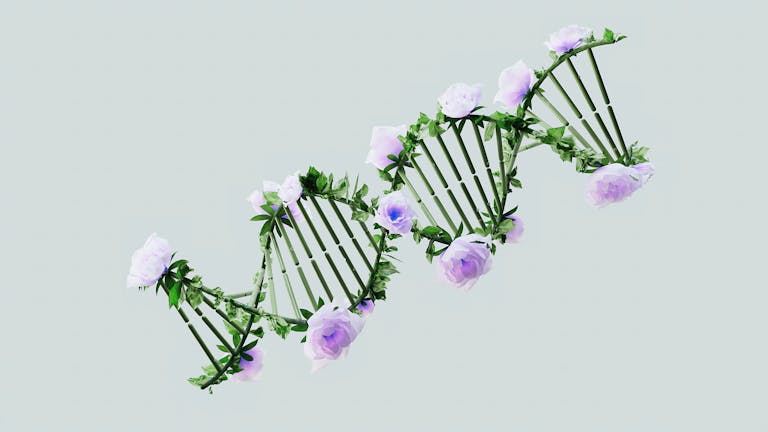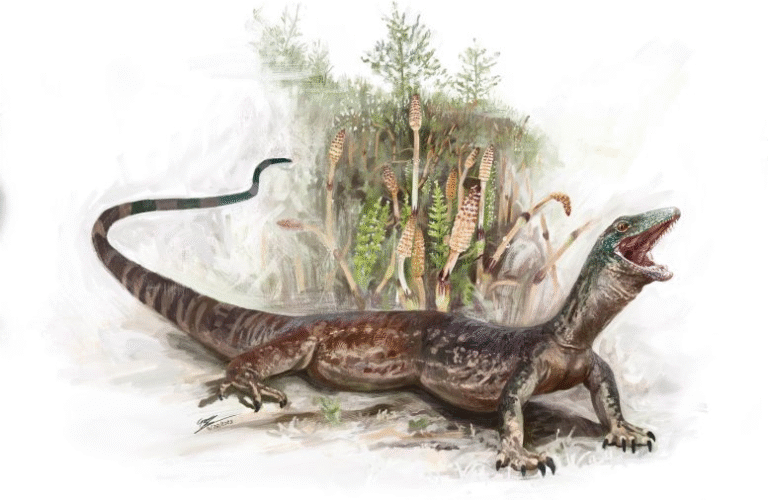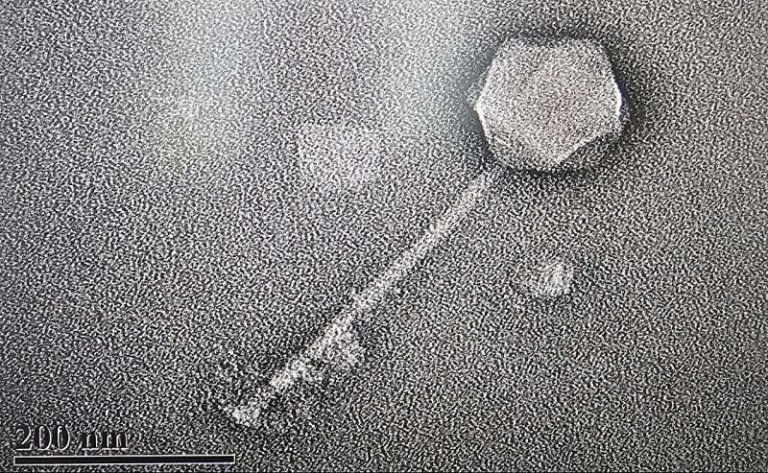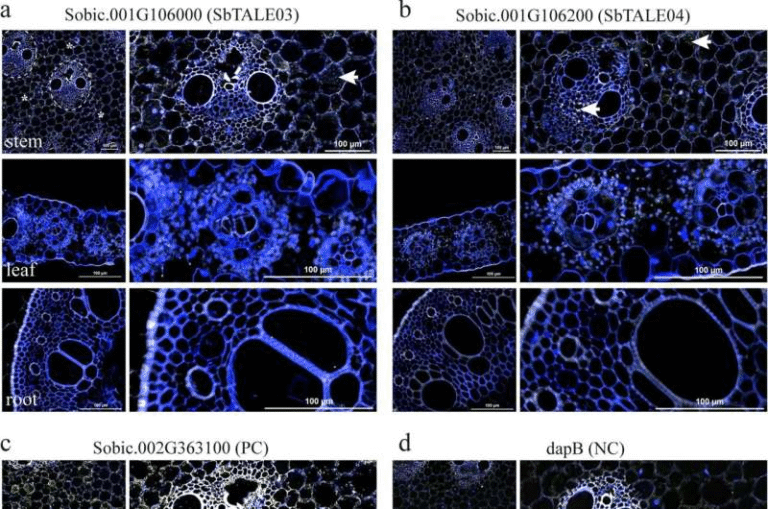Scientists Discover Fish With Forehead Teeth, Rewriting What We Know About Evolution

A new study has completely overturned a long-standing assumption in evolutionary biology: that teeth are only found inside the mouth. Scientists have discovered that male spotted ratfish—a type of ghost shark found in the northeastern Pacific Ocean—have actual teeth growing on their foreheads.
Yes, you read that right. Teeth. On the forehead.
These bizarre forehead teeth are arranged on a structure called the tenaculum, a cartilaginous appendage found only in adult males and used during mating. The discovery has massive implications for how scientists understand the evolution and development of teeth in vertebrates.
What the Researchers Found
Researchers from the University of Washington, the University of Chicago, and the University of Florida published the study in Proceedings of the National Academy of Sciences (PNAS) on September 4, 2025. The team included Karly E. Cohen, Michael I. Coates, and Gareth J. Fraser, who specialize in evolutionary biology and anatomy.
Their research revealed that these forehead teeth are genuine teeth, not just rough scales or denticles. Using micro-CT scans, genetic analysis, and comparisons with fossils, the team confirmed that the tenaculum teeth share the same genetic origins and developmental structures as teeth found in the jaw.
In other words, these fish have two sets of true teeth—one in the mouth and another on their heads.
Meet the Spotted Ratfish
The spotted ratfish (Hydrolagus colliei) is a close relative of sharks and rays. It belongs to a group of ancient cartilaginous fishes called chimaeras, which diverged from sharks hundreds of millions of years ago.
These fish are commonly found in Puget Sound, particularly around the Friday Harbor Labs research station. They grow to around 2 feet in length, with their long, thin tails accounting for half of their body size. Males and females look similar—except for the male’s tenaculum, a unique structure that develops on the forehead.
At first glance, the tenaculum looks like a small white bump between the eyes, but when it becomes active, it extends outward and hooks forward, revealing rows of hooked, retractable teeth.
The Role of the Tenaculum
The tenaculum serves several purposes. Male ratfish use it to ward off rivals, and more importantly, during mating, they use it to grasp the female’s pectoral fin. This helps keep the pair connected while mating underwater.
Since these fish don’t have arms or other grasping limbs, such appendages are crucial for reproduction. Many cartilaginous fishes have evolved different types of grasping organs, but the tenaculum of the spotted ratfish stands out because of its true teeth.
Male ratfish also have pelvic claspers, another pair of reproductive organs that aid in mating. Interestingly, while these claspers are covered in denticles (small, tooth-like scales), the tenaculum features actual teeth, making it one of the most unusual structures in vertebrate anatomy.
Are They Really Teeth?
That was the main question the researchers wanted to answer. At first, some scientists thought the tenaculum teeth might just be dermal denticles, similar to the rough scales that cover sharks. But the spotted ratfish is mostly “naked,” with very few denticles on its body.
To find out the truth, the researchers compared the tenaculum’s tissues and development to both oral teeth and body denticles. They found a key difference: the tenaculum teeth grow from a dental lamina, a special band of tissue that gives rise to true teeth inside the mouth.
This discovery was huge because no other structure outside the mouth has ever been shown to contain a dental lamina.
The researchers also discovered that tooth-related genes—the same ones responsible for jaw teeth in all vertebrates—were active in the tenaculum region. These genes were not expressed in the surrounding denticles, confirming that the tenaculum teeth are, genetically and developmentally, true teeth.
How the Teeth Develop
Using micro-CT imaging, scientists studied hundreds of ratfish specimens at different stages of development. They found that both males and females start forming a small bump between the eyes early in life.
In males, this bump—made of specialized tissue—continues to grow, connects with jaw muscles, and eventually erupts through the skin, forming the functional tenaculum. Teeth then begin to sprout from this structure, creating several rows of hooked, flexible teeth.
Females, however, never develop a full tenaculum. The bump forms but remains small and unmineralized, showing that the genetic instructions are there but only fully activated in males.
Adult males can grow seven or eight rows of teeth on the tenaculum. These teeth can retract and flex, allowing them to grip mates effectively while swimming. Interestingly, the tenaculum’s size doesn’t seem to depend on the fish’s overall body length but rather correlates with the development of the pelvic claspers, suggesting they share hormonal or genetic control systems.
Fossil Evidence and Ancient Origins
To understand where this strange feature came from, the team compared modern ratfish with ancient fossil species. Fossilized relatives of modern chimaeras—some over 300 million years old—also show similar structures with traces of teeth.
This means that forehead teeth are not a new mutation, but rather an ancient trait that may have evolved from jaw-associated structures in early chimaeras.
One theory suggests that during early development, tooth-forming cells from the mouth region migrated upward to the head area. Over time, this relocation may have been reinforced by evolution because it served a useful purpose in reproduction.
This process, where evolution repurposes existing structures or genes for new functions, is known as co-option—and the tenaculum is a fascinating example of it.
Why This Discovery Matters
The study fundamentally changes how scientists think about tooth evolution. For decades, researchers assumed that teeth were a purely oral structure—an innovation tied directly to feeding and survival.
But the spotted ratfish’s forehead teeth show that the tooth-development program is more flexible than we thought. It can activate outside the mouth and evolve to serve entirely new purposes, like mating.
It also suggests that vertebrates might possess hidden capacities to grow teeth in unexpected places, depending on how their developmental genes are switched on or off.
This discovery may lead scientists to reexamine other “spiky” or “bumpy” structures across different species to see if some of them are actually true teeth in disguise.
A Look at Tooth Evolution in Vertebrates
To understand how shocking this discovery is, it helps to know a bit about how vertebrate teeth evolved.
Teeth likely originated around 420–440 million years ago, possibly from skin denticles—tiny, enamel-coated structures that covered early fish. Over time, these denticles migrated into the mouth, where they became specialized for biting and chewing.
In modern sharks, these skin denticles still cover the body, giving them their sandpaper-like texture. Sharks continuously replace their teeth through a process powered by the dental lamina, the same tissue found in the ratfish tenaculum.
Humans, in contrast, lose the dental lamina after their adult teeth form, which is why we can’t replace teeth naturally.
The ratfish discovery suggests that the tooth-forming genetic toolkit in vertebrates is far more adaptable. It can be reactivated or relocated under the right developmental or evolutionary pressures.
The Bigger Picture
Chimaeras like the spotted ratfish are particularly interesting to scientists because they represent a deep evolutionary branch of cartilaginous fishes. They split from sharks and rays hundreds of millions of years ago, yet still share many ancient traits.
Studying them gives researchers a rare look into how early vertebrate structures evolved and diversified. The tenaculum, for example, connects reproductive behavior, anatomy, and developmental genetics in a single structure—something evolution rarely lets us observe so clearly.
Researchers believe that the combination of fossil, genetic, and developmental data makes this one of the most compelling examples of how evolution can reuse old genetic programs for new functions.
What Comes Next
The team’s findings open up several new lines of research. Scientists now want to know:
- Are there other species that have true teeth outside their mouths?
- Can this genetic pathway be activated artificially in lab settings to grow teeth elsewhere?
- How does the presence of the dental lamina outside the jaw influence other developmental processes?
The discovery also reignites debates about tooth origins. Were the first vertebrate teeth oral, or did they evolve from external body structures like dermal denticles? The spotted ratfish might be the key to answering that.
Final Thoughts
The spotted ratfish may look like a humble, odd-faced fish, but it’s given scientists one of the most surprising anatomical revelations in years. The fact that a vertebrate can grow real, genetically verified teeth on its forehead forces us to rethink long-held assumptions about how evolution works.
It’s a perfect reminder that nature still has plenty of secrets waiting to be uncovered—sometimes hiding in plain sight, just above the eyes of a fish.
Research Reference:
Teeth outside the jaw: Evolution and development of the toothed head clasper in chimaeras – Proceedings of the National Academy of Sciences (2025)





